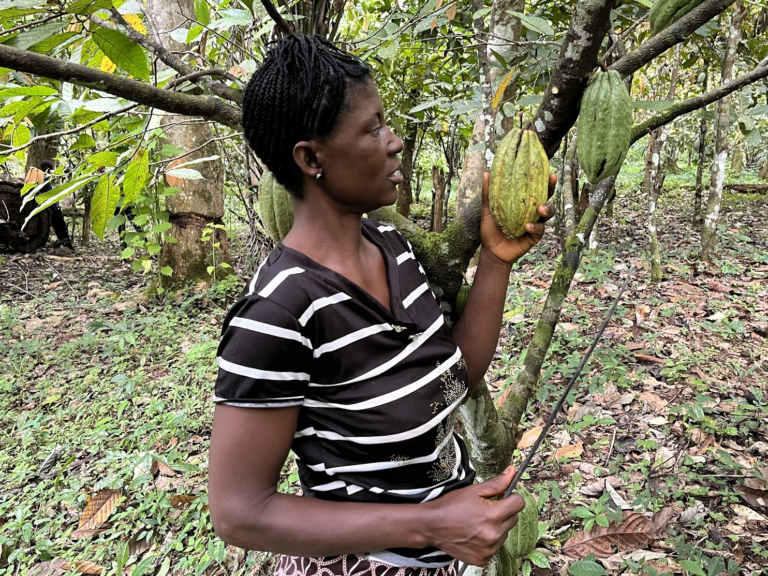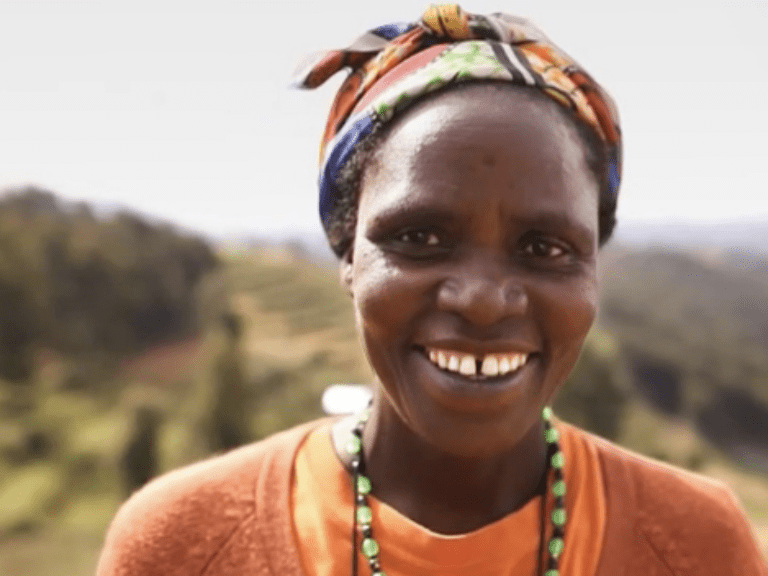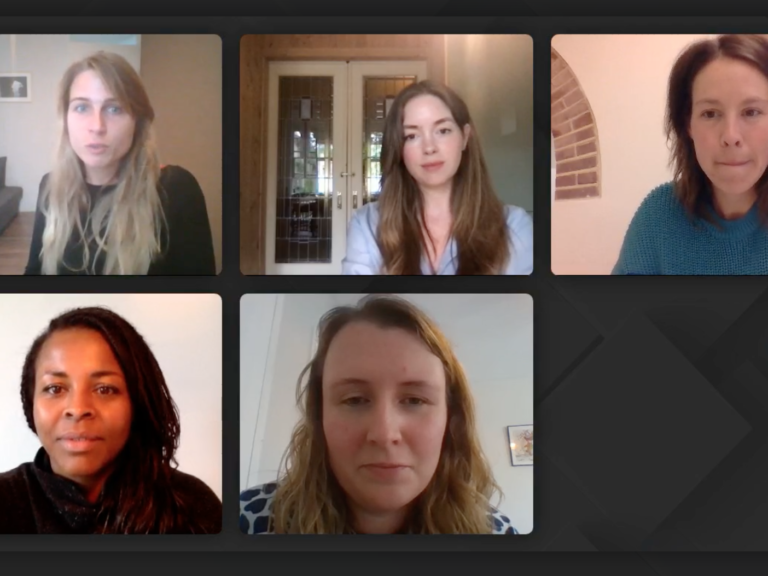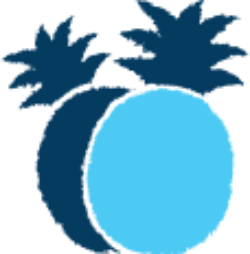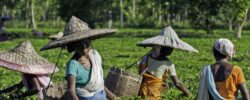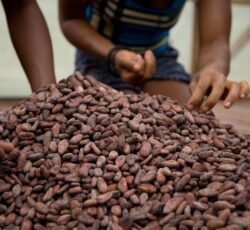Tracing cocoa in a thriving but asymmetric industry
Produced in the South and consumed in the North, the key ingredient for a billion dollar chocolate industry hides a reality of disparities. As companies thrive and benefit from the continuous commodity price drop, most producers live below the poverty line, making it impossible to invest in their businesses. Transparency is crucial to uncover inequality and, therefore, the only way forward for sustainable and future-proof cocoa.
Did you know that…
$ billion is what the current chocolate industry is worth
$ per day (or less) is what a cocoa farmer earns on the field
% of Sierra Leonean cocoa was consumed by the Netherlands in 2020
% of the world’s cocoa consumption is produced in Ghana and Côte D’Ivoire
The problem
The cocoa industry is one of paradoxes, whether it relates to value distribution, production, labour conditions or payments, the scale leans heavily to one side. With 91% of its cocoa import coming from West Africa, the Netherlands – the largest cocoa importer worldwide – has a major role to play when it comes to setting standards. Sierra Leone has become a key supplier for organic beans, and while they only represent 21% of the Dutch import, the Netherlands account for 98% of their cocoa export. The RECLAIM Sustainability! programme, in partnership with Solidaridad and the Dutch Ministry of Foreign Affairs, acknowledges the responsibility the Dutch market has when it comes to making a positive impact. As Fairfood stands in ‘tech for good’ we believe that the transparency that our Trace tool allows can help to add value to cacao.
What we did so far
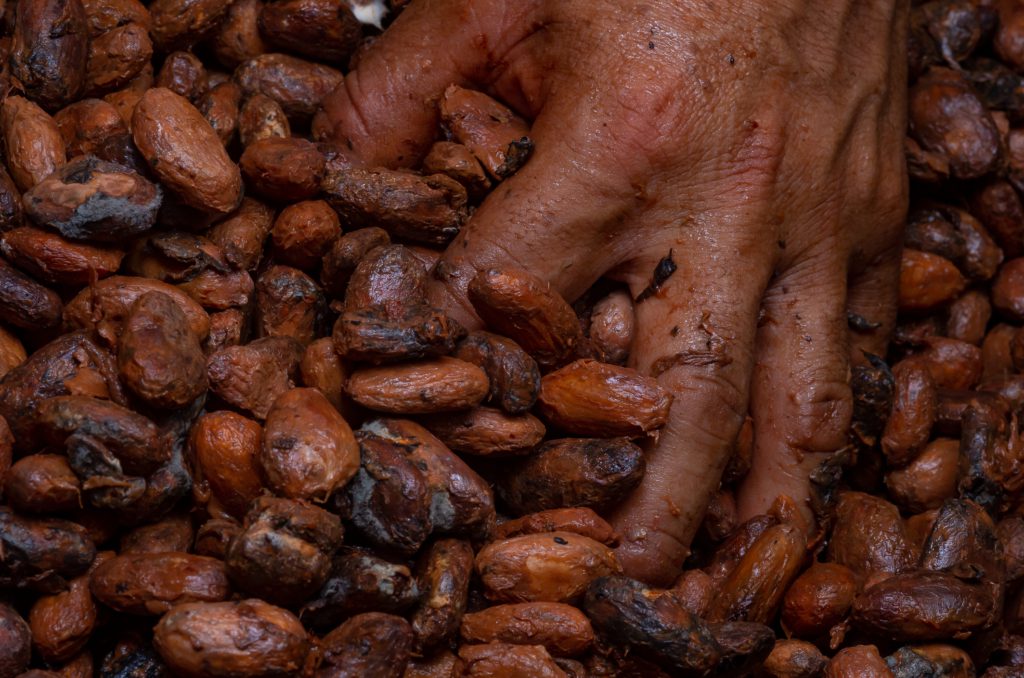
New prospects for Sierra Leonean farmers
As part of a RECLAIM Sustainability! Innovation pilot, Fairfood and Solidaridad West Africa started tracing cocoa from Sierra Leone. Ultimately, everyone involved in the cocoa production will be able to verify transactions logged in the Trace app, and work together in new arrangements to better distribute value across the value chain.
Read moreTraceability and transparency are already on the minds of many stakeholders, but with this project farmers can see it at their level. They are able to check payments and see if first buyers are correcting mistakes committed either by their commission agencies or people that source from them.
Read more about cocoa
Got questions?
What is a living income? And what about a living wage?
Simply put: earning a living income means that someone earns enough to lead a decent life. With more diction: a living income is the compensation that a self-employed individual receives for a standard working week that enables that farmer and all his/her family to afford a decent living. This means, among other things, that the household can afford basic necessities like: sufficient food and water, a roof over their heads, education, health care, transport and education. After basic necessities, the farmer should also have enough money to save, and build a pension.
It is important though, to make a distinction between “living wages” and “living income”: a living wage applies to people with wages, whereas a living income applies to self-employed workers, such as the farmers behind our coffee. Learn more on this page.
What is traceability? And what does Fairfood want to achieve with it?
If we go by the book, traceability means that one has the ability to verify the history of something – think of: the provenance of a product. As consumers we (naturally) buy products from opaque supply chains – it is simply how the food system is largely operating at the moment. However, every product has their own individual story; we intend to tell that story. These stories extend far beyond the product that we consume. It goes all the way back to the players at the beginning of our food supply chains: the farmers and food workers.
If we can trace back the history of a product, we could identify some deep-rooted issues that the people at the beginning of the chain are facing. Issues like poverty and unfair pricing are real problems that need to be addressed. In bigger letters, we want to use traceability as a starting point to make sure that the people behind our food can earn a living income.
What is transparency? And what does Fairfood want to achieve with it?
With transparency, we deduce a food supply chain that ceases to be opaque; one in which everyone can see where their food is coming from, by who it was harvested, and whether that someone got a fair price for their produce. Then, we proceed to the following question: do those people earn enough money to make a living income or wage?
We want to use the transparency that blockchain enables to help consumers answer that question and pick their food consciously. Is your food brand claiming to be paying a fair price to their farmers? Why not check for yourself. This is what we want to achieve: a food system in which consumers can verify veracity for themselves so that it can benefit those who cannot.
Does Fairfood still organise campaigns?
Fairfood has undergone some changes: we realised that one way to make a direct change in our food system is by helping businesses to implement traceability and transparency in their supply chains. We want to drive sustainable change from the inside. The mission remains the same, however: to use our technology to the benefit of those who are at an obvious disadvantage in a long and complex supply chain. This means that campaigning is no longer our core business. Nonetheless, when needed we will not be afraid to take a stand!
What is a blockchain?
A blockchain is a distributed ledger that allows information to be captured and shared by a community. In this community, each member maintains their own copy of the information and all members must collectively validate each update. This provides a network with a single source of truth to work with. Very similar to a Google sheet, but better. Why? Because with blockchain, data can only be added according to a certain set of rules controlled by the network, and once added, the data can never be altered or deleted.
What is the added value of blockchain?
The ingredients of our food travel thousands of miles until they end up on our plate. The chains are long and complicated and therefore not always equally insightful. Blockchain technology can provide transparency and ensure that captured data can be more customized and remains in the hands of the user. This makes blockchain a fair platform where data can be exchanged, even within competitive value chains. It creates an open food supply chain, from farmer to consumer. Both farmers and consumers will have access to important information.
The farmer will have a view on further processing of his/her product, such as the quality label which is awarded at a later stage. In addition, the nutmeg farmer confirms, for example, that he has received a certain price for a certain quantity and type of quality. The consumer can see exactly where the product comes from, but also whether sustainability and quality promises are being fulfilled. The advantage is that sustainability and quality requirements on the blockchain can be guaranteed.


